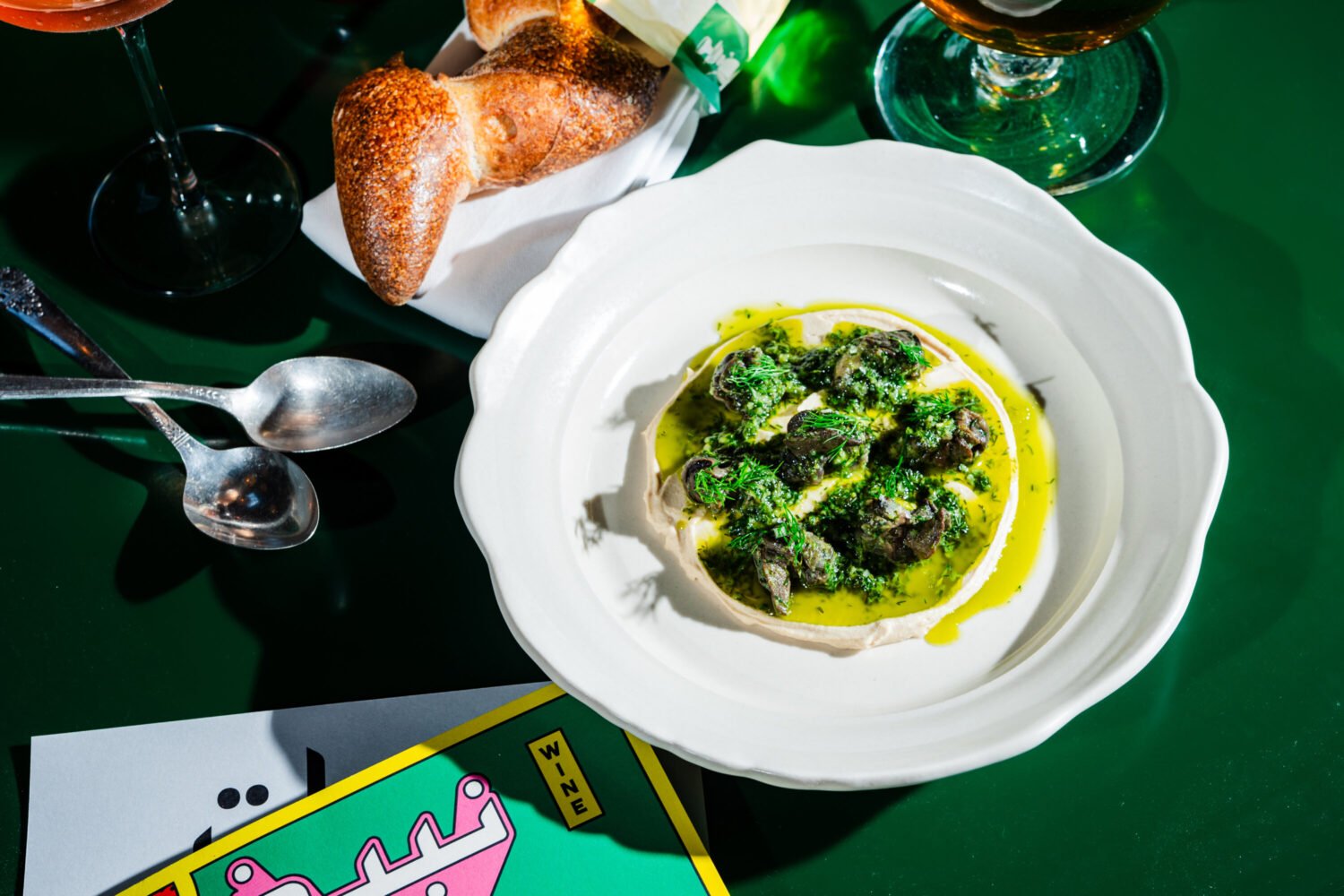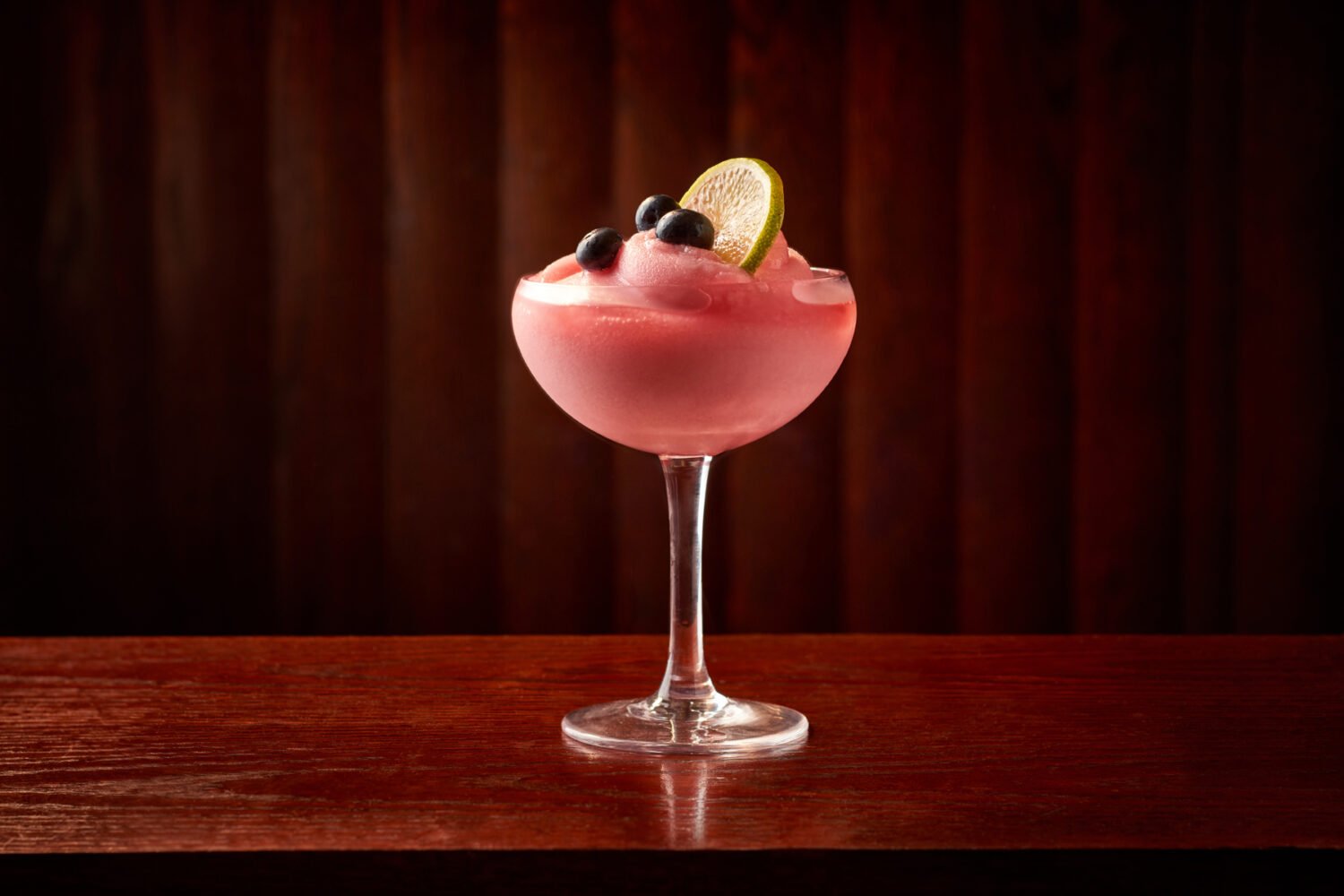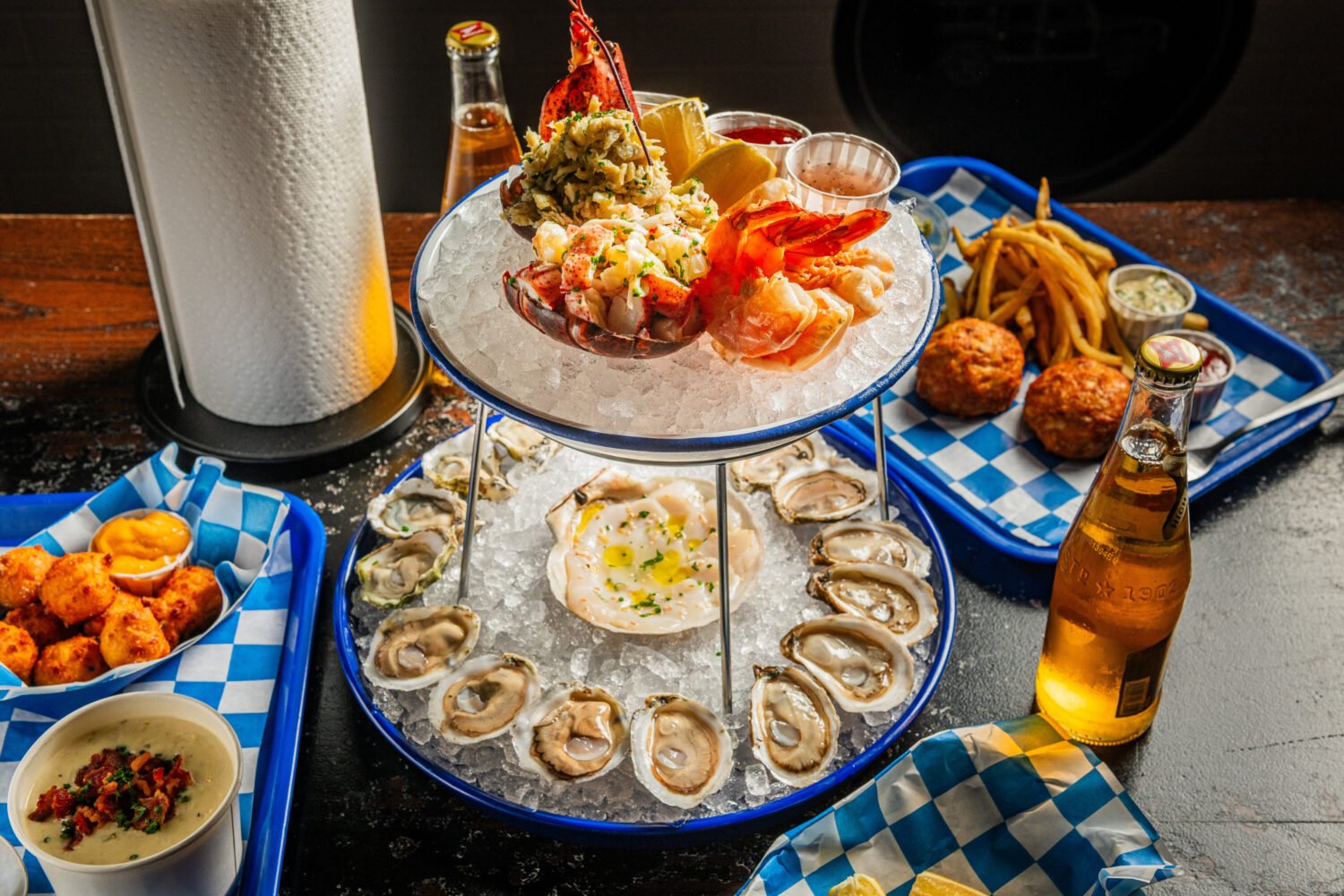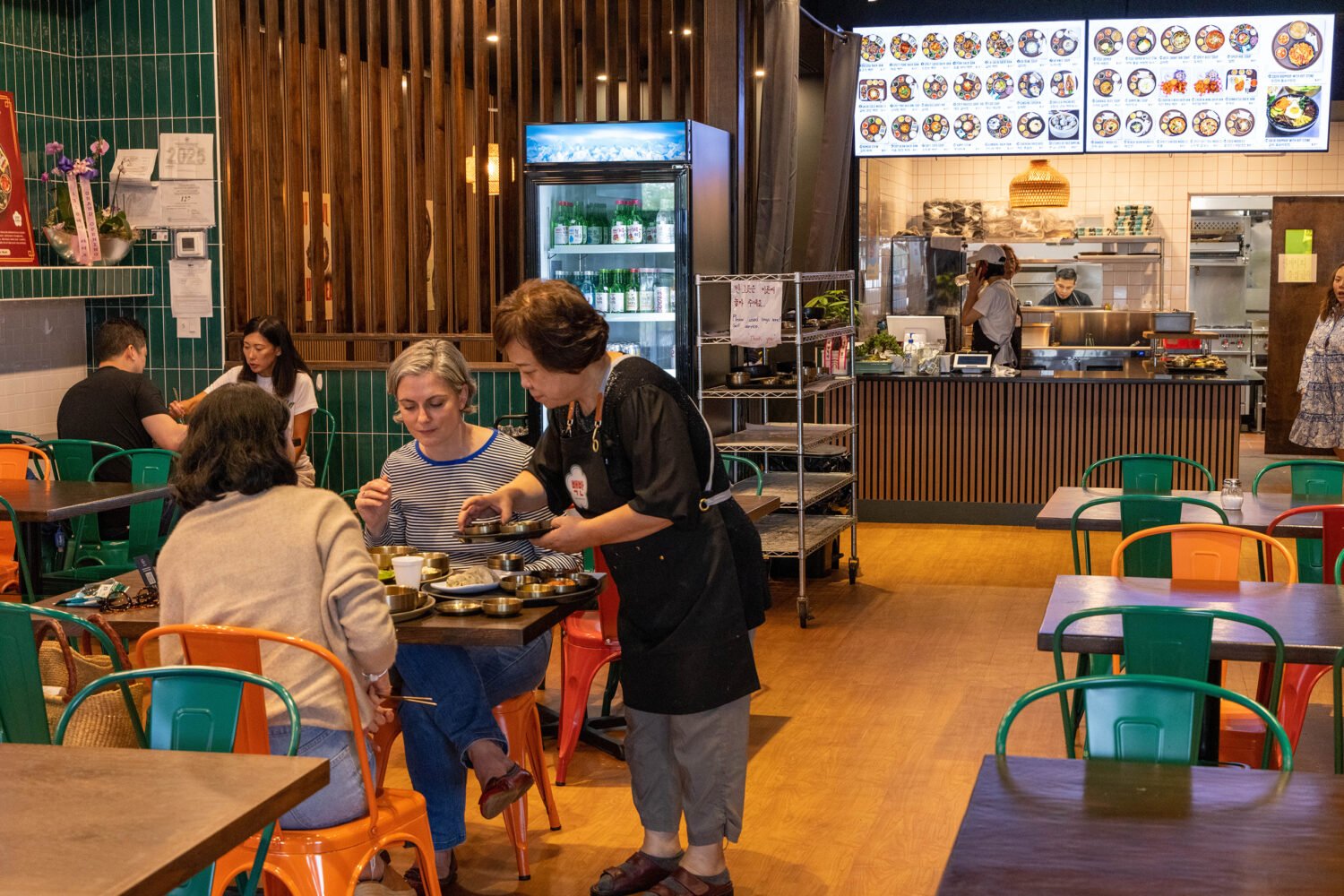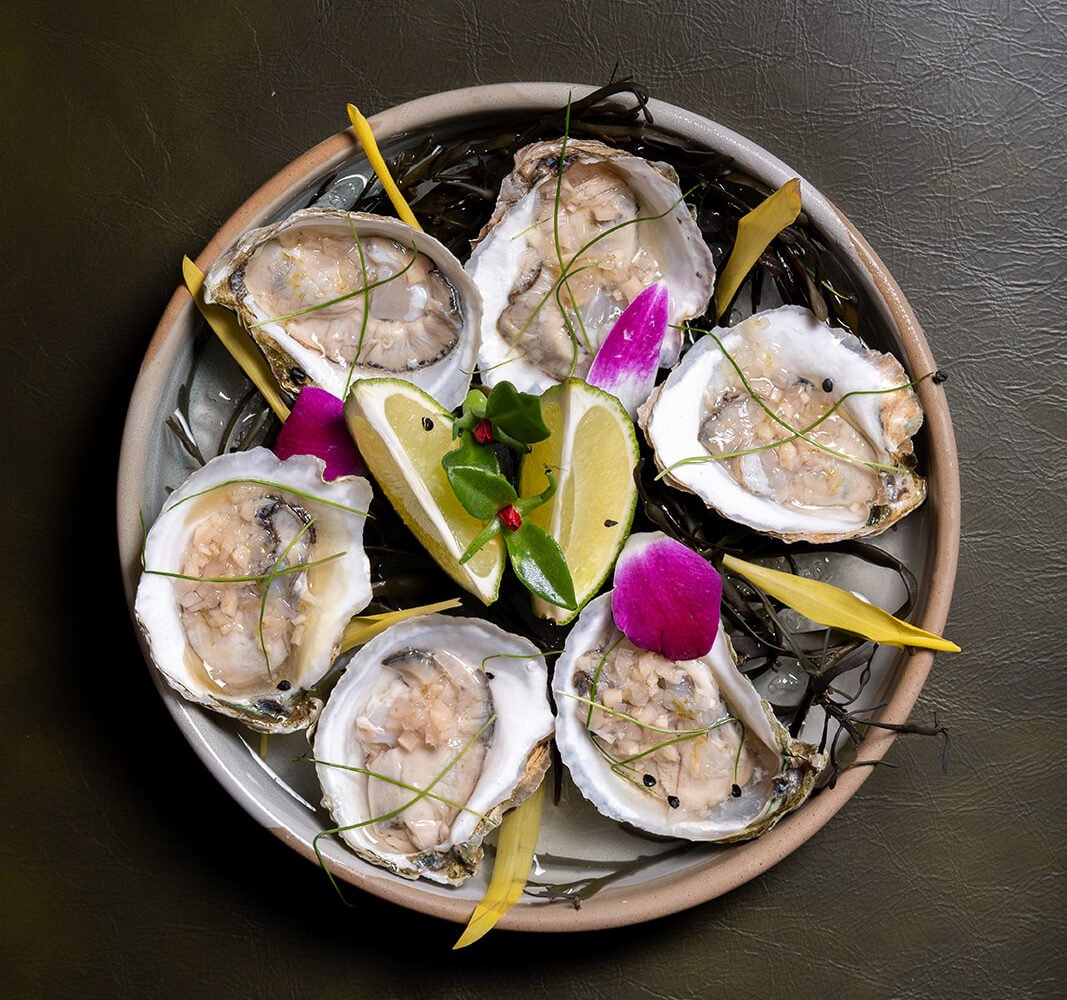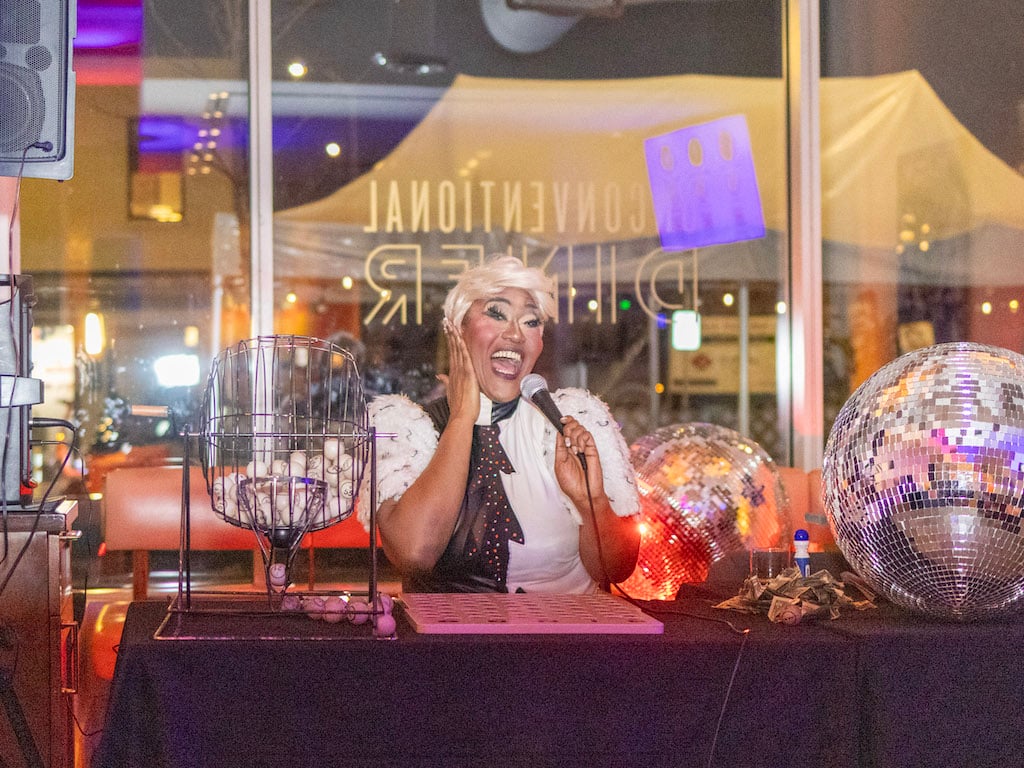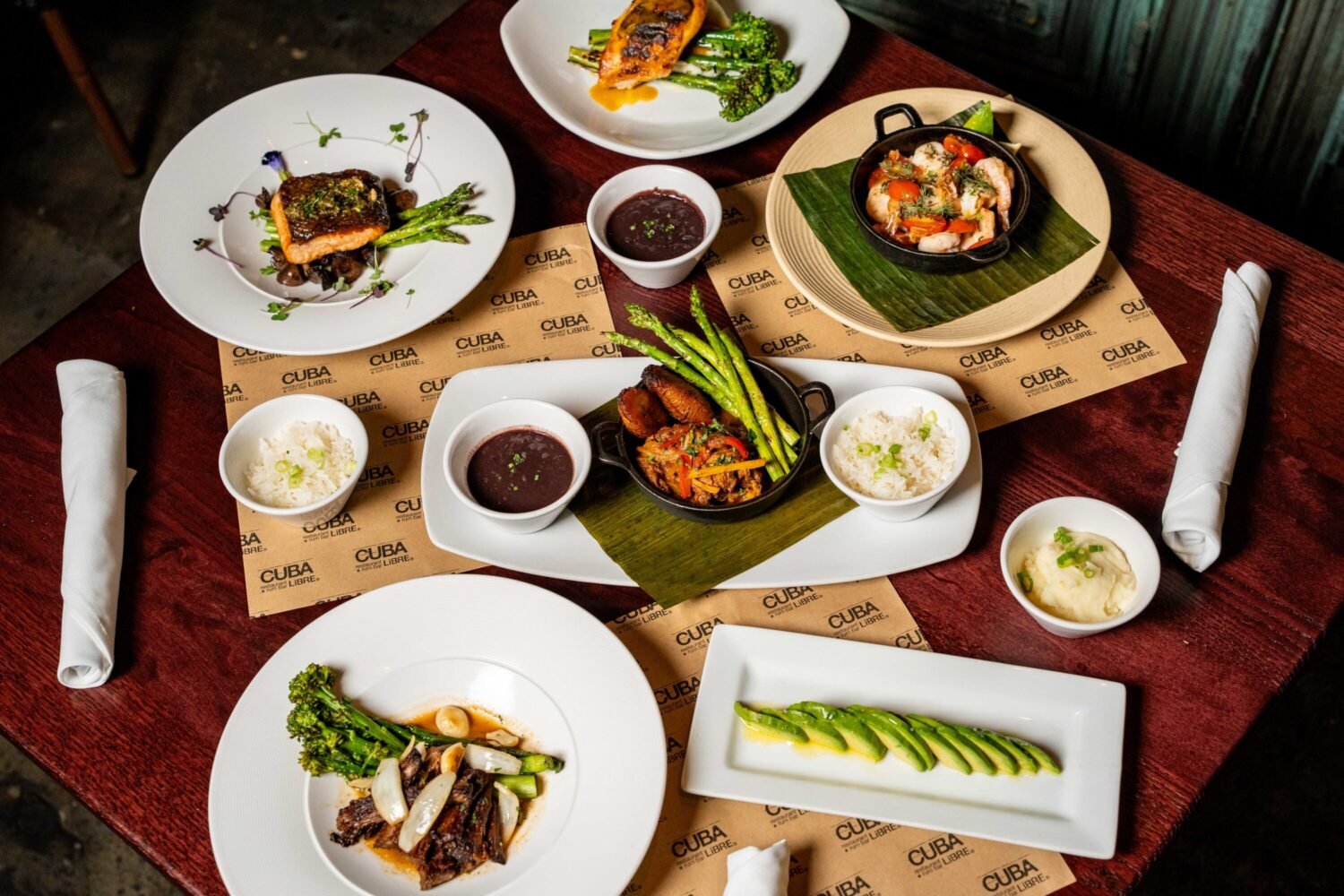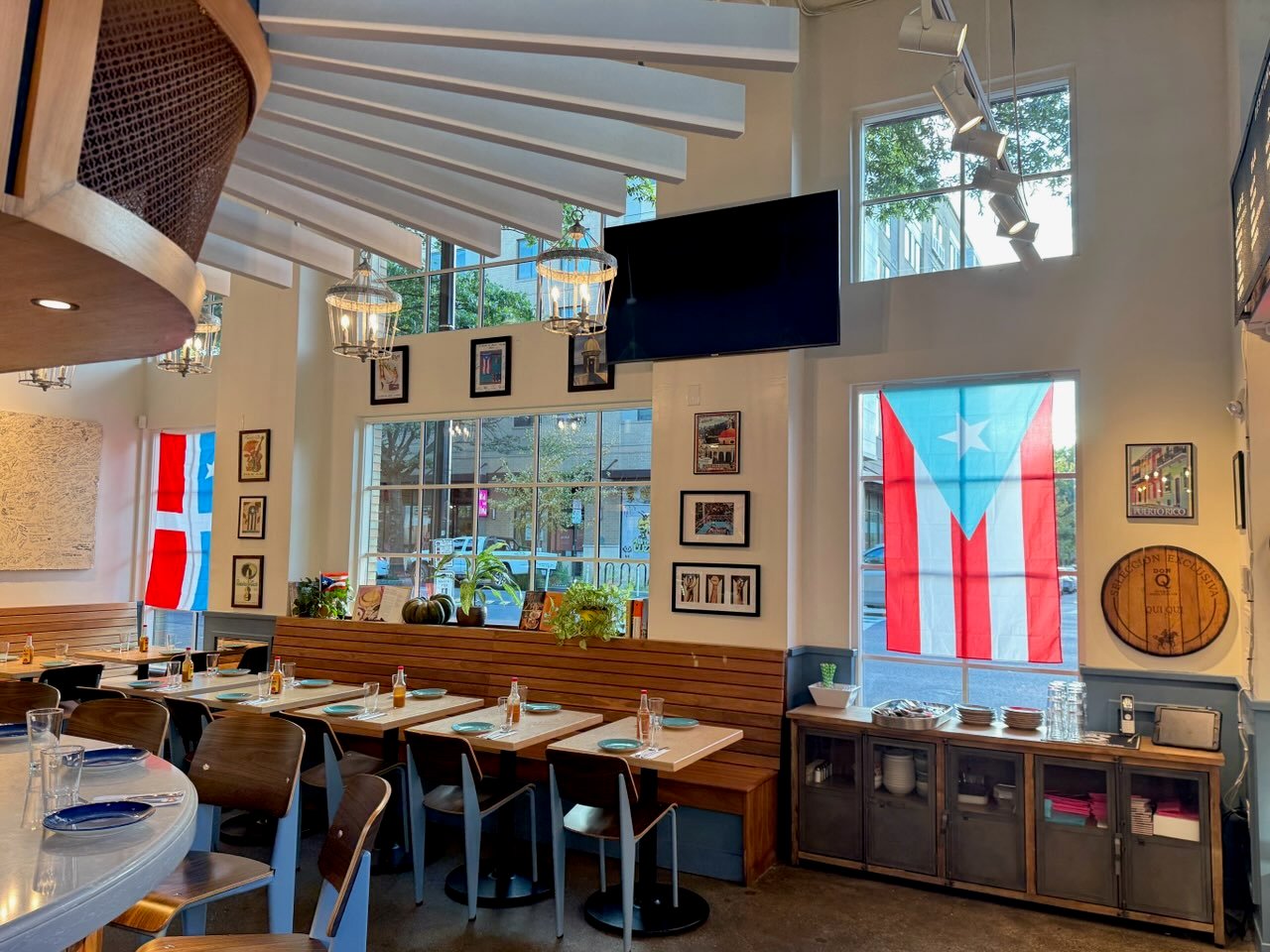If minimalist architect Richard Meier and supermodel Heidi Klum designed a restaurant, it might look something like Sei. Open since January, the Japanese-fusion dining room/sushi bar/lounge seems primed to show off its beautiful-people crowd. It’s as long as a runway and as white as a bare canvas. The lighting is flatteringly dim.
Sei has the same owner/designers as the nearby sushi lounge Oya. Stylewise, they’re almost twins: Oya has a long, thin fireplace; Sei has a long, thin lattice of corallike red bamboo. Oya has white-leather chairs; Sei has white faux-ostrich-skin chairs. The big difference? The appraising doorman at Oya is replaced by a welcoming hostess at Sei. If Oya is better known as a sexy late-night hangout than as a serious dining room, Sei is striving for the opposite.
To that end, the talented Noriaki Yasutake was brought over from Perry’s in Adams Morgan to oversee the sushi bar. He’s a traditionalist one moment, a boundary pusher the next.
A sushi board here may carry precise sashimi cuts of luscious fatty yellowtail or delicate, seaweed-wrapped bundles of creamy sea urchin. Or it could showcase a fusiony lineup of specialty maki: a lightly battered lobster tempura roll dabbed with chipotle aïoli, a yellowtail-and-scallion roll with jalapeño-stoked soy, and an eel roll paired with roasted apple.
Yasutake’s best creation is the improbable-sounding fish-and-chips roll, which marries flounder, malt vinegar, and the thinnest of potato strings. For dipping, soy sauce is replaced by wasabi tartar. It’s so good that it’s easy to forget whatever else is on the table.
Among the nigiri, sweet shrimp with sake jelly and a thin slice of Arctic char with lemon and salt promise deep pleasure. But at $5 to $14 for two pieces, the à la carte sushi menu is among the most expensive in town.
The rest of the menu—a long lineup of small plates—straddles a similar line between old school and out there. There are edamame, seaweed salad, shrimp shu mai with hot mustard, and a straightforward rendition of chawanmushi, a steamed seafood custard that’s elegantly textured but too shyly flavored. There also are foie gras sushi, a fine Kobe-beef tataki with jellied ponzu, and a less appealing toro tartare, which is minced to mush and served with a clash of salmon roe, guacamole, and lemon-soy foam.
Surprisingly, the most memorable dishes take their inspiration not from Japan but from Mexico. There’s an excellent guacamole fired up with wasabi and served with wonton chips so fragile that they tend to break. And don’t miss the pork “tacos” in a bamboo steamer. Fluffy and dabbed with hoisin, they’re more like Chinese pork buns—in fact, they’re ringers for the famed version David Chang serves at Momofuku in New York City. With one of the easy-drinking cocktails—a mojito made with shiso and sake, an elderflower-scented blend of gin and lychee—they make a wonderful snack.
Sei gets a lot of things right. But not everything. One night, a friend and I returned home to discover that our clothing reeked of kitchen grease. We had been seated next to the sushi bar—and apparently the grill, too.
Service has ranged from mildly intrusive (topping off water glasses after every sip) to pushy (“Would you like another cocktail?” No, for the third time.) to so intense that one night we felt like part of a focus group, with a ring of seven servers standing a few feet away.
These flaws aside, Sei doesn’t need much airbrushing. You might see a few models here, but you won’t want to eat like one.

